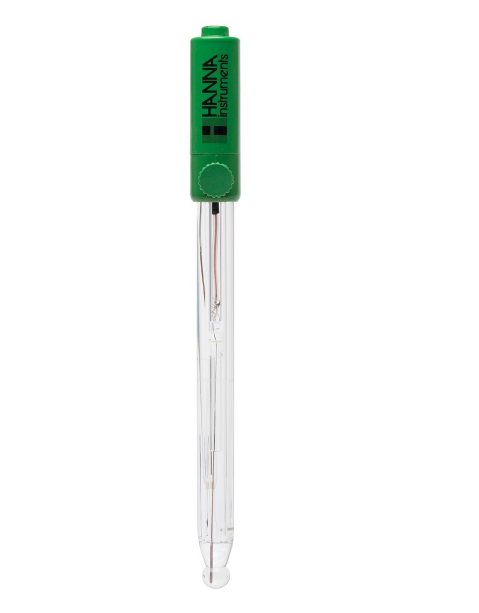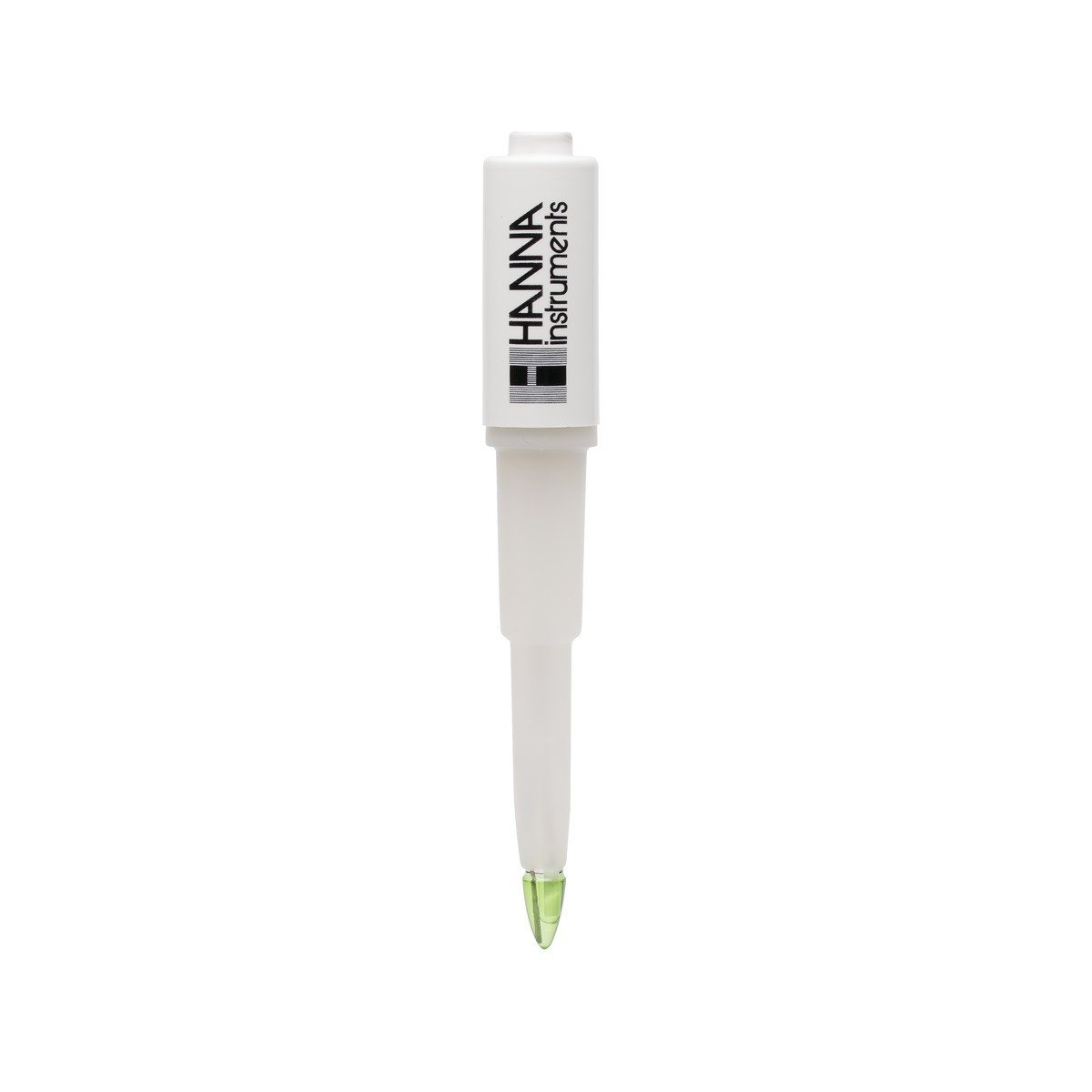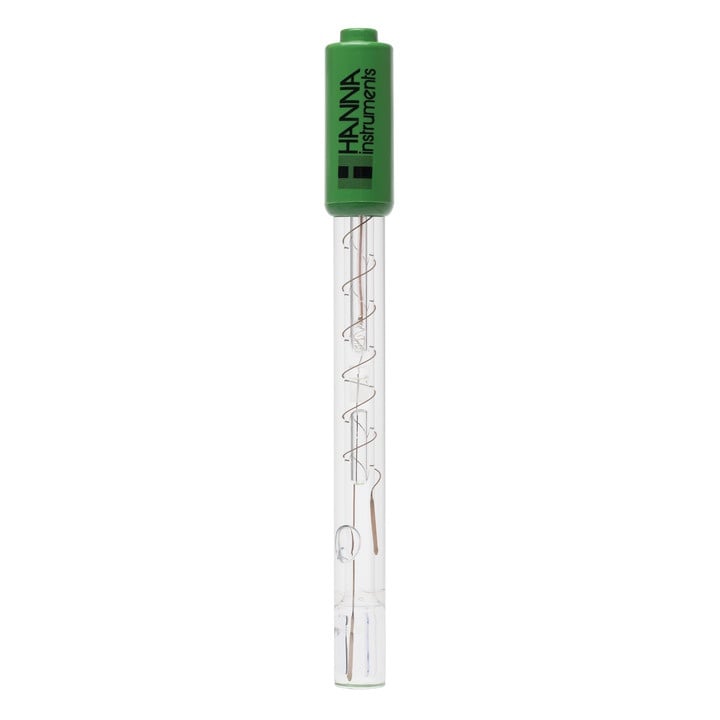- Knowledge Base
- pH
- pH Electrodes
-
FAQ
-
pH
-
Oxidation-Reduction Potential (ORP)
-
Electrical Conductivity (EC)
-
Dissolved Oxygen (DO)
-
Turbidity
-
Potassium
-
Fluoride
-
Ion Selective Electrode (ISE)
-
Spectrophotometry
-
Hydrogen Peroxide
-
Photometry
-
Temperature
-
Aquarium
-
Titration
-
Karl Fischer
-
Electrodes (General Questions)
-
Pools & Spas
-
Sanitizers
-
Reagents, Titrants, & More
-
Drinking Water
-
Cannabis
-
Wine
Why do pH electrodes have different tip shapes?
The glass bulb of a pH electrode is manufactured in different shapes, and each shape serves a unique purpose and application.
Spherical Tip

A spherical tip or rounded bulb is the most common shape for a pH electrode. This is the electrode shape is what most people think of when they hear "pH electrode". It provides the largest amount of surface area for the sample to interact with. These bulbs are best for aqueous samples, and it is considered to be a bulb designed for general purpose applications.
Conical Tip

As the name implies, this tip has a cone shape, making the testing of semi-solids easy. Conical bulbs are ideal for direct penetration into semi-solids, emulsions, and slurries such as jams, cheeses, yogurt, and meats.
Flat Tip

The flat tips allows for the direct surface measurements of a sample. It is ideal for measuring skin, leather, paper, and cloth.
